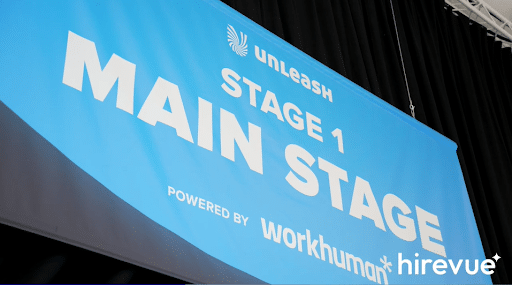Blog

When fast means flawed: The case against chasing short assessments
Dr. Chris Frost and Dr. Carter Gibson
Read Blog
In the finance industry impact starts with hiring the right person

The new hiring reality: Skills, integrity, AI, and early talent

Campus hiring: modern strategies for 2026

Building a better future: insights from Keurig Dr Pepper

Closing the interview gap: why interview execution is critical in financial services

UNLEASH World 2025 recap

Financial services teams: stop trading speed for quality

Control the madness: how Hirevue helps win seasonal hiring

Breaking new ground in bias mitigation: fairer hiring insights
